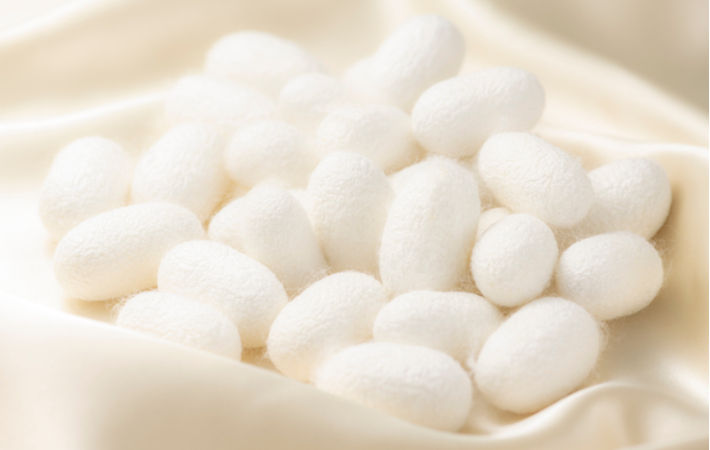Scientists involved in textile research in Philippines have developed four new silkworm hybrids, implying availability of new strains for cocoon production for silk yarns and fabrics. Compared to the parent lines, these hybrids have higher productivity as they are mostly healthier, able to adapt to environment, and have better cocoon and shell weight.
New silkworm hybrids - PTRI SW 107, 108, 109, and 110 – have been reared by the pioneering Silk Cocoon Production Hubs (Silk Hubs) in Misamis Oriental through the Silk Research and Innovation Center (SRIC) of the Philippine Textile Research Institute of the Department of Science and Technology (DOST-PTRI).Scientists involved in textile research in Philippines have developed four new silkworm hybrids, implying availability of new strains for cocoon production for silk yarns and fabrics. Compared to the parent lines, these hybrids have higher productivity as they are mostly healthier, able to adapt to environment, and have better cocoon and shell weight. #
These silkworm hybrids came from the silk hybridisation of Philippine Silkworm parent lines from the 85 lines in the PTRI Silk Germplasm also from the DOST-PTRI SRIC. These performed better in terms of larval characteristics to cocoon properties in the lab-scale trials, that is why they were rolled out into the Silk Hubs to verify their performances.
The hybrids completed the first out of three cycles of rearing in the field-verification stage. These cycles are important to have reliable data as to the consistency, grading, and classification of cocoons per location at different times. To classify the grade of silk cocoons, there are parameters - single cocoon weight, cocoon shell percentage, and the live pupa ratio. These will be the basis for cocoons to be graded as Class AA, A, B, or C.
For the first cycle, the group of women-silk rearers under CDORSHP-IV produced cocoons with 21 per cent cocoon shell percentage and 1.62 g average cocoon weight. With only two parameters considered, it could have been classified as Class A, with the highest class of cocoon. However, the third parameter being the live pupae percentage, dragged the rating to Class B. Considering that these Silk Hubs have just started, their succeeding live pupae percentage is expected to improve with proper management and experience.
There will be two more rearing activities in 2021 using the same hybrids in the same locations that will provide additional information on the effect of the rearing climate. These will complete the field-verification activity before the hybrids are officially launched for commercial use by the end of the year.
Fibre2Fashion News Desk (SV)
